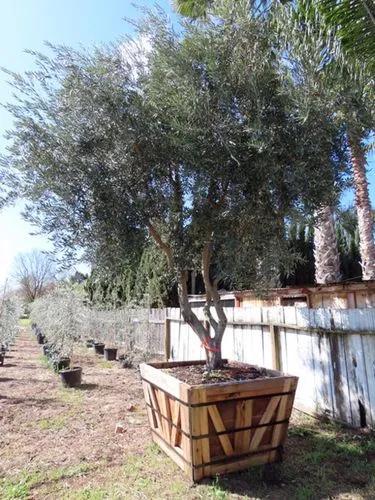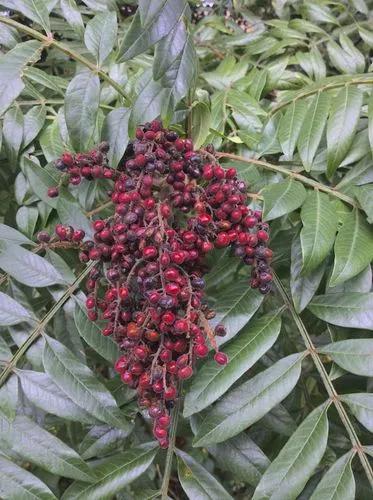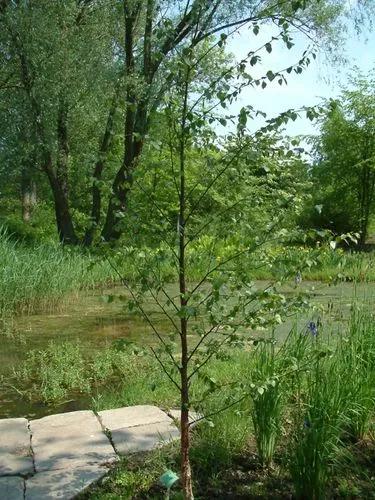Cassia leptophylla is a tropical tree species in the genus Cassia, which is indigenous to Brazil. It is named gold medallion tree and has yellow flowers that bloom intermittently throughout the year, spawning seedpods that are rectangular in cross section and rattle festively. Recognized by its thin green foliage with glossy green pinnate leaflets. The fruit is a long thin seedpod with four sides. Cassia leptophylla is native to southeastern Brazil.
Gold Medallion Tree Care
Cassia Leptophylla



Cassia leptophylla, commonly called gold medallion tree, is a small open-crowned tree with spreading, slightly drooping branches. It typically matures to 20-30' tall. It is native to Brazil. It is noted for producing large pinnate leaves, a showy display of yellow flowers in summer and large bean-like seed pods following the flowers. This tree is now grown primarily as an ornamental in tropical and subtropical areas around the world. It is noted for performing better in the climate of the State of California than other species of Cassia. Each even-pinnate compound leaf (to 12-18" long) has 9-14 pairs of small narrow leaflets (each to 2.5" long). This tree is considered to be semi-evergreen (drops some leaves during the year, sometimes in tropical climates having dry seasons and sometimes in winter if extended cool weather or a tinge of frost occurs). This tree is particularly noted for producing a show-stopping bloom of fragrant yellow flowers (2-3" wide) arranged in 6-10" long terminal clusters (racemes), each containing 30-50 flowers. Flowers bloom in summer sometimes extending into early fall. Flowers are followed by slender, twisted, woody bean pods which grow to 2' long. Pods emerge green but mature to black, remaining on the tree until the following year. Sticky brown pulp inside the pods has been used in herbal medicines. Genus name comes from the Greek name for a genus of leguminous plants which provide the senna leaves and pods important in pharmacy. Specific epithet comes from Greek leptos meaning narrow and phyllon meaning leaf in reference to the narrow leaves of this tree.
How to Care for the Plant

Popularity

13 people already have this plant 12 people have added this plant to their wishlists
Discover more plants with the list below
Popular articles






